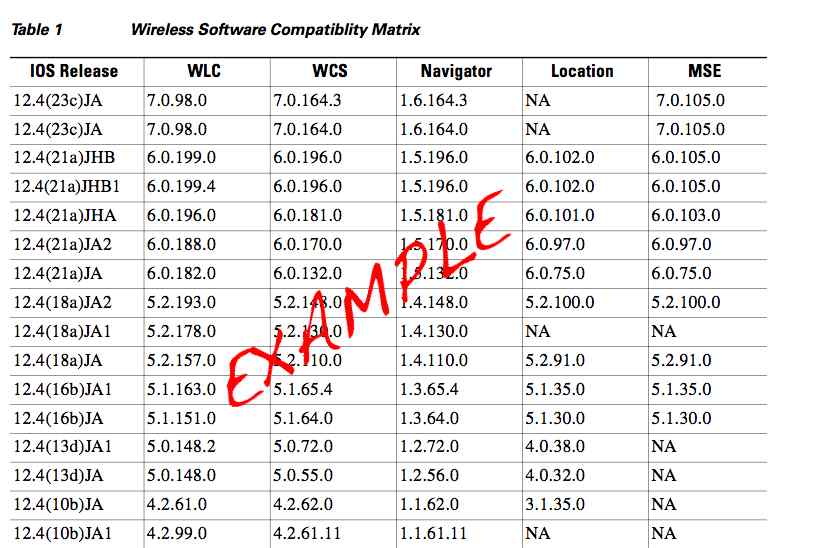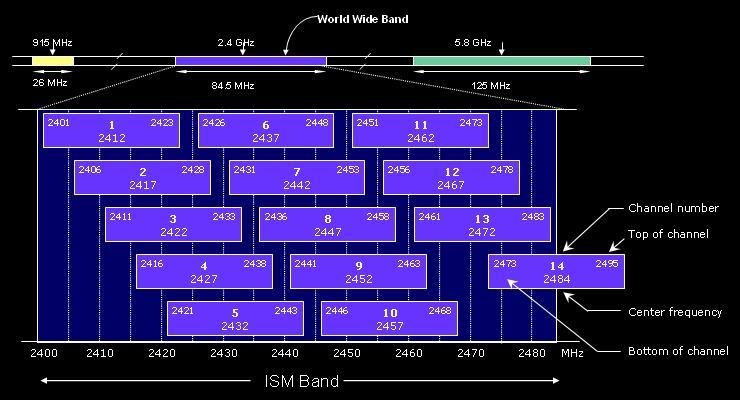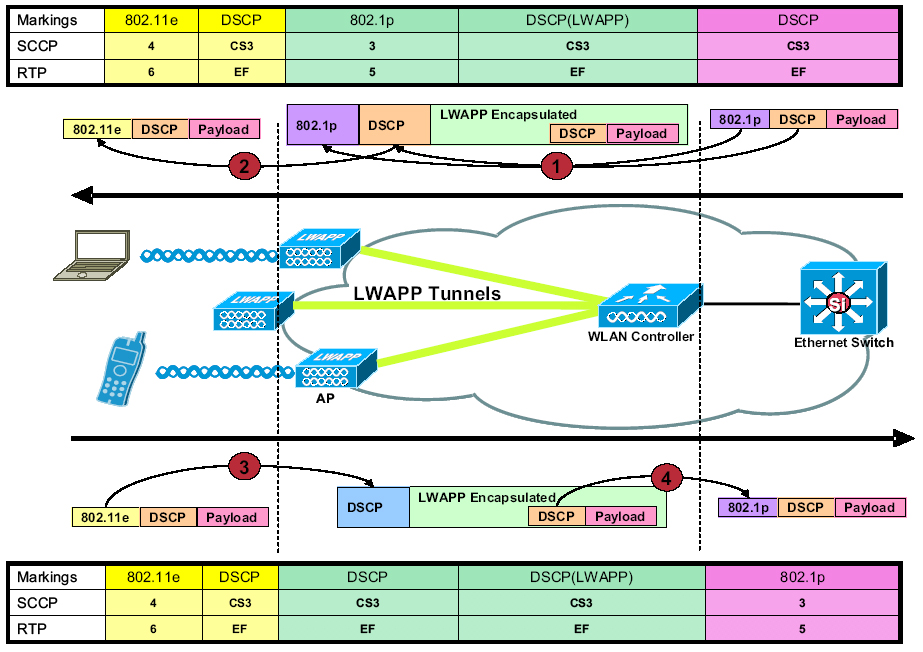30 Random Technical Thoughts by a WiFi Engineer
 Sunday, February 14, 2016 at 2:19PM
Sunday, February 14, 2016 at 2:19PM 1) CRC is cyclic redundancy check. This means a radio received a frame and failed the checksum. A normal communication the intended receiver will not ACK and the sender will retransmit the frame. What’s important to understand when sniffing just because you have a high CRC rate in your sniffer window doesn't mean the actual client communication is experiencing the same. In fact while sniffing, if you experience a high CRC rate moving closer to the transmitting radios often solves the problem. It simply means your radio can't interpret the frame. If you want to see the actual client CRC rate, you would need to visit the actual radios.
2) When a client on channel transmits a frame ALL radios on the channel must synchronize to the preamble and demodulate the pending frame. The receiving radios peek at the mac address to see who the intended frame is for. If it doesn't match their mac address they look at the NAV timer to set their clocks and discards the frame. Idle clients are very busy processing frames!
3) Noise calculations done by an 802.11 radio knows nothing about layer 1 spectrum. They determine the noise floor by various methods. Including retry rate, channel assessment, and energy detect.
4) Placing access points in a hallway, also called a hallway design is so 2007. Hallway designs contribute to excessive CCI (co channel interference). As client density increases and sensitive applications are added these designs fail miserably. Consider room placement during your survey.
5) One way speech can be caused by a poor link budget. Imagine your on a call and you can hear them but they can't hear you ? If your access point transmit power is at 100mW and your client is at 20mW this imbalance can cause data retires. Your frames don’t have the punch to travel back to the access point. Always consider the lowest client in your wifi design and match their power on the access points.
6) Walls are your friends. Design using walls as attenuation points. Letting RF run amuck and leak into areas cause unnecessary CCI.
7) If you’re a player in WiFi, you better bring the tools and know how to use them. The three S’s. Spectrum, Sniffer and Survey tools. Know them. Know them very well.
8) Channel 165 / UNII2 - 2E support. While most infrastructure devices support channel 165. Most clients do not. Allowing 165 in your design can cause outages. Same is true for UNII 2 and UNII2E.
9) UNII2 - 2E DFS is real folks. It can disrupt communications. I’ve been the victim of weather radar and my connection dropped. Pick your channels wisely my friend!
10) The WiFi client is the biggest cowboy of them all! There is one thing which is consistent, it’s your wifi network. Your access points should be configured the same. They should be on the same code. You should expect a certainly level of performance from your infrastructure. Your clients on the other hand. What a hand bag of dysfunctional little peeps. Having an understanding of your clients is important. Know that clients aren't created equal. Like humans they all hear, talk and behave differently.
Read this blog post in its entirety:















Reader Comments